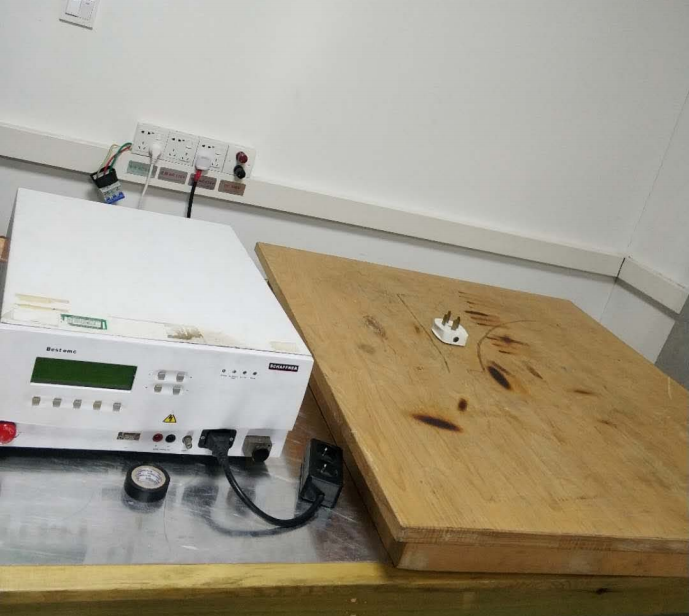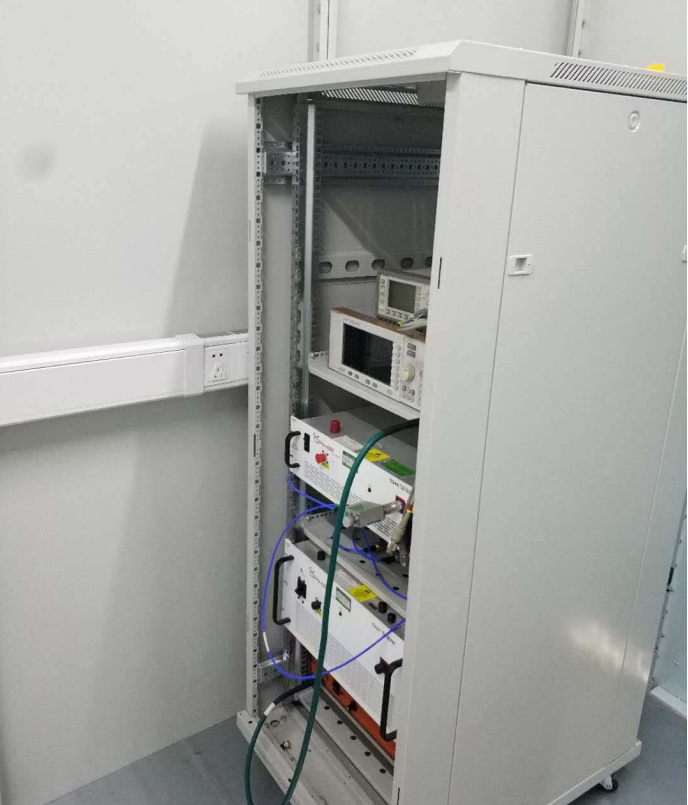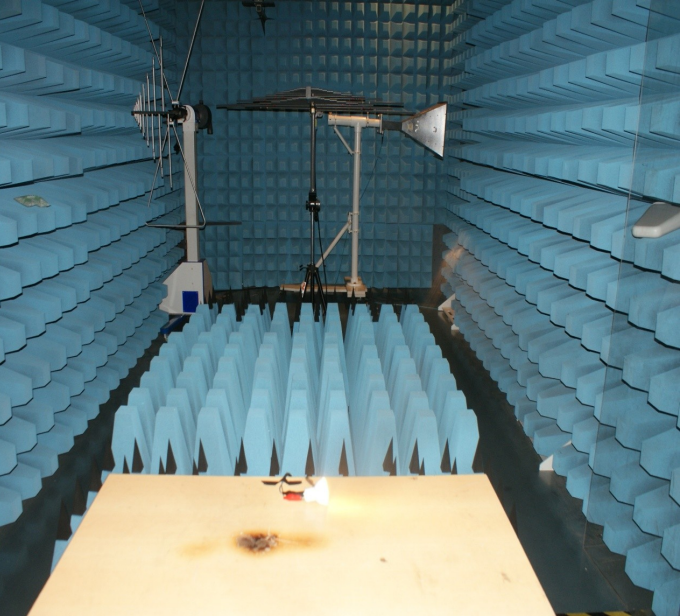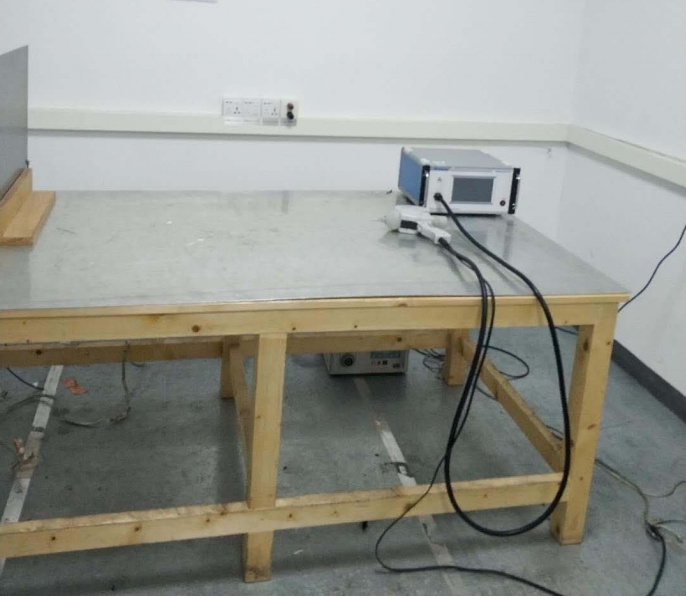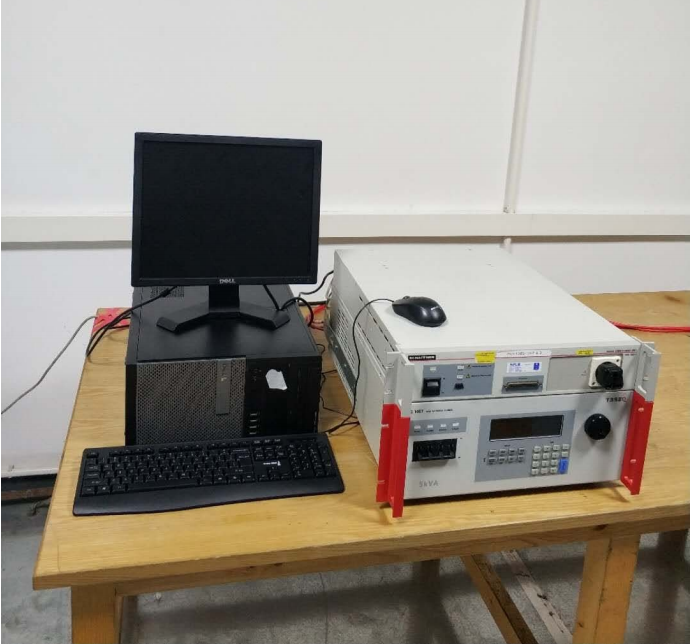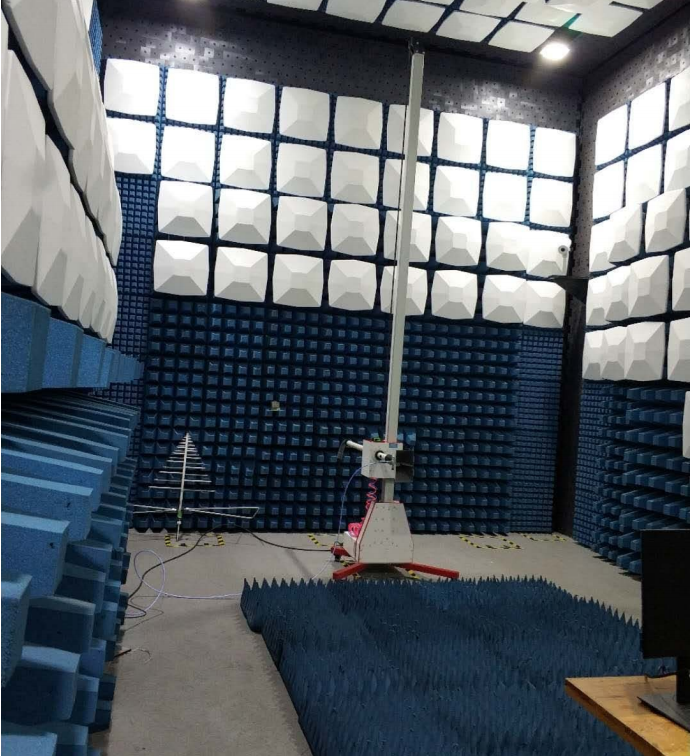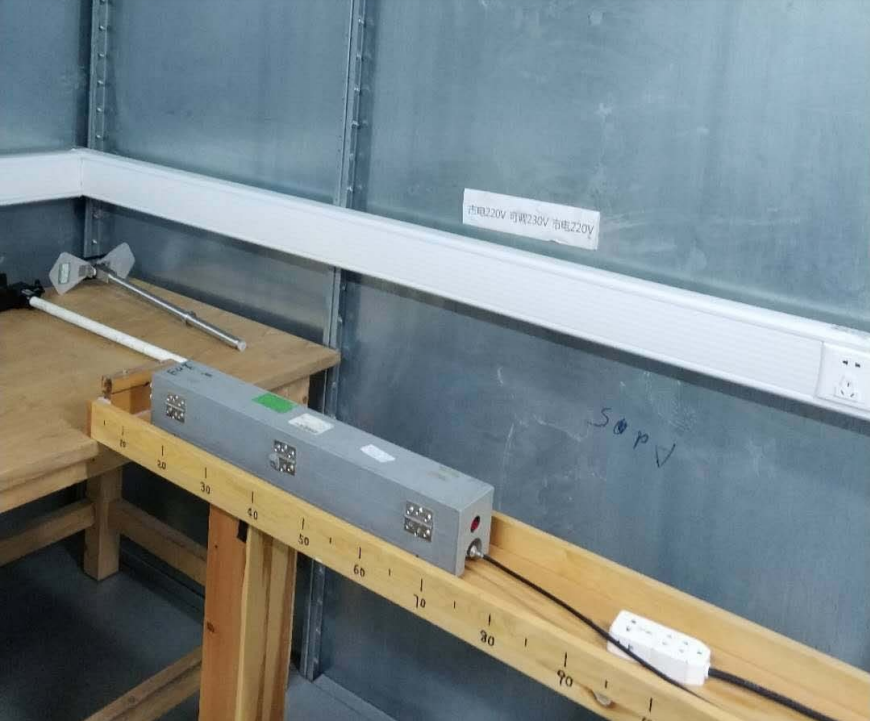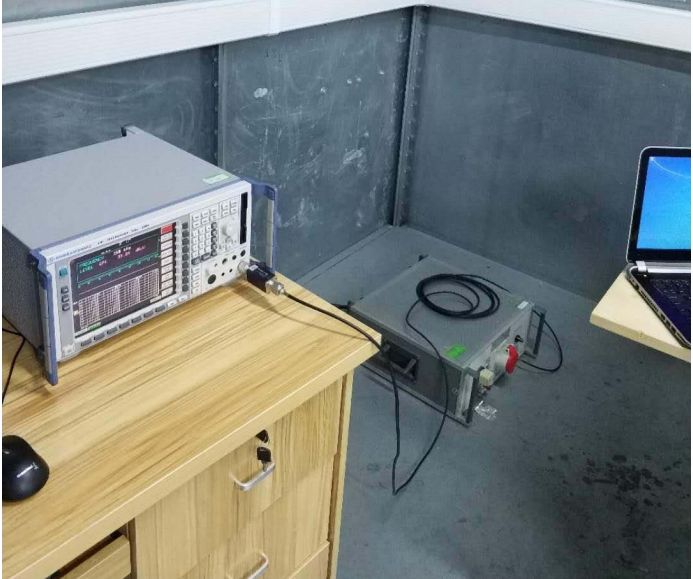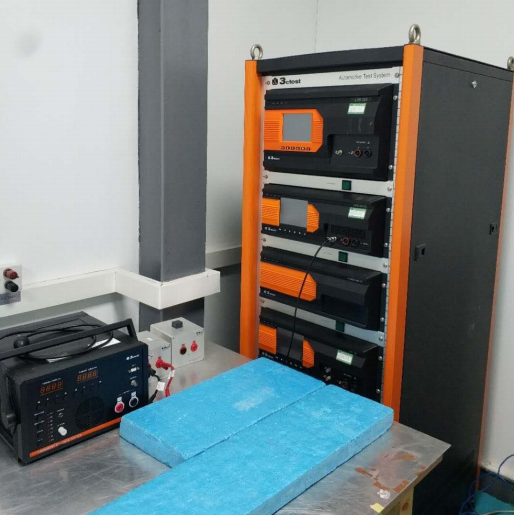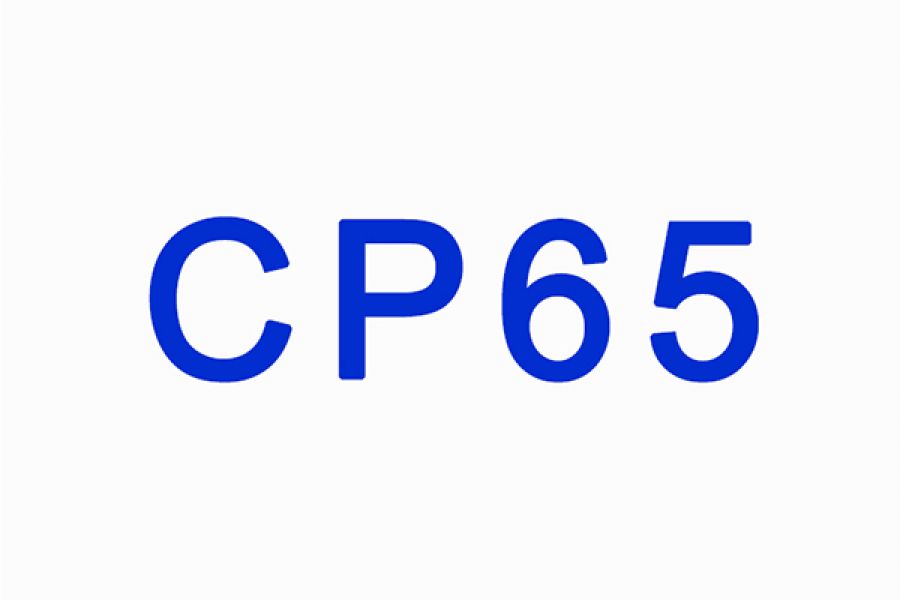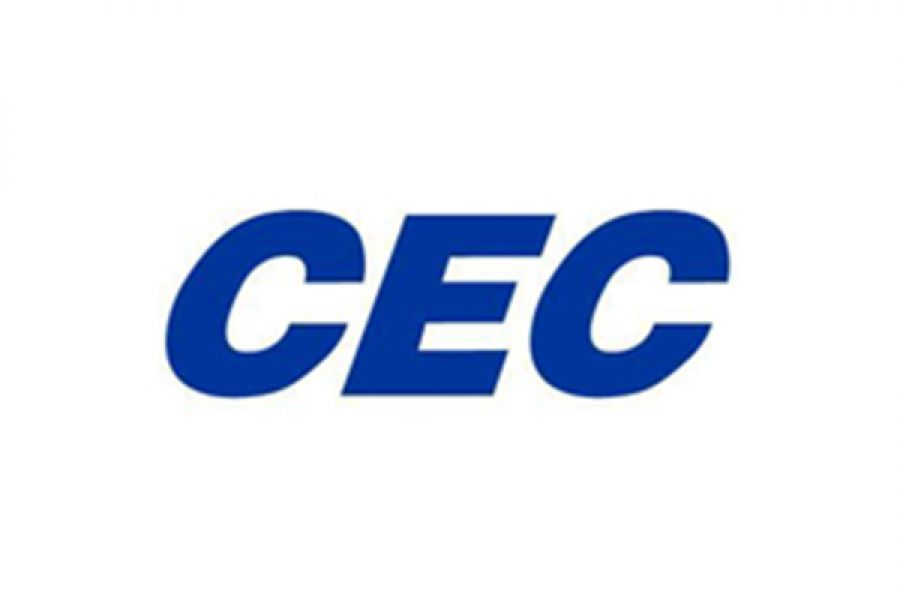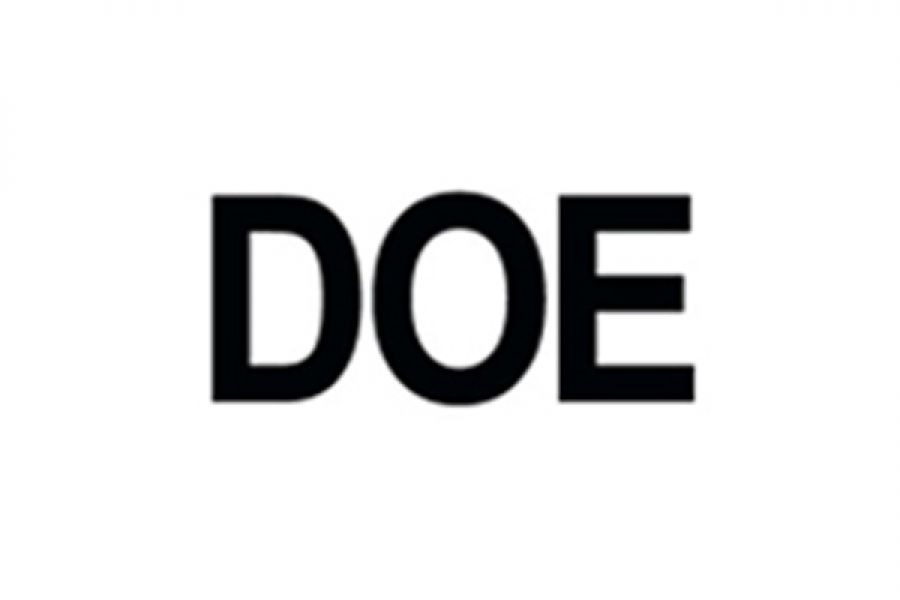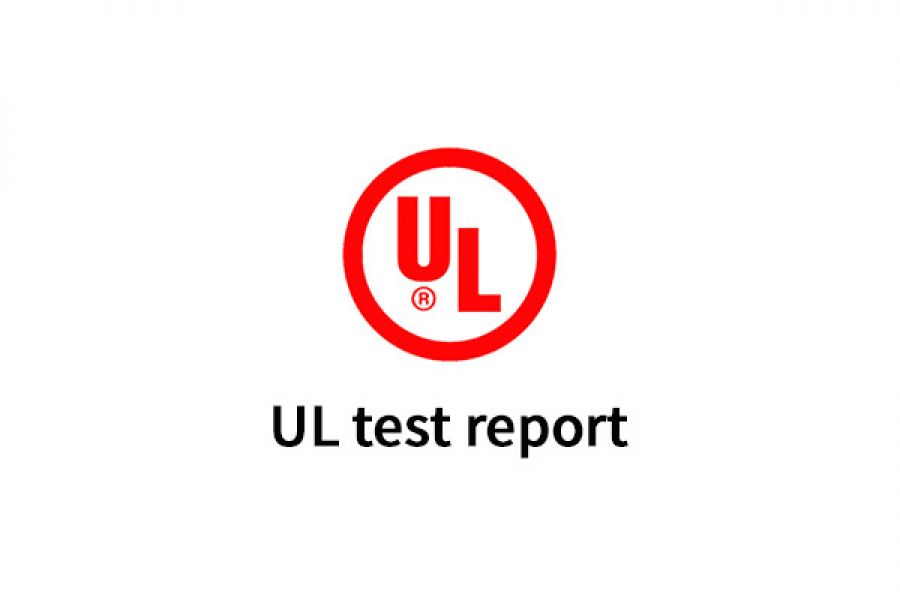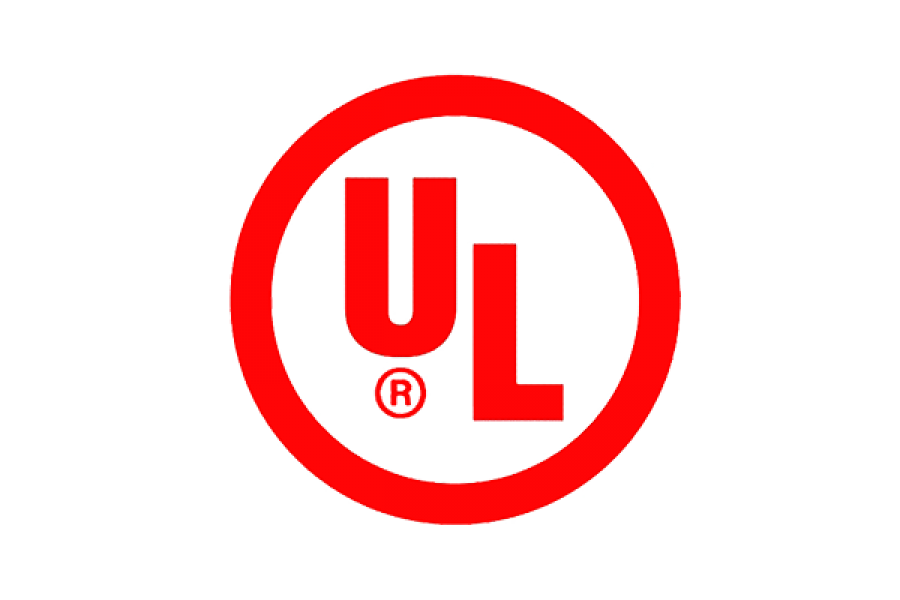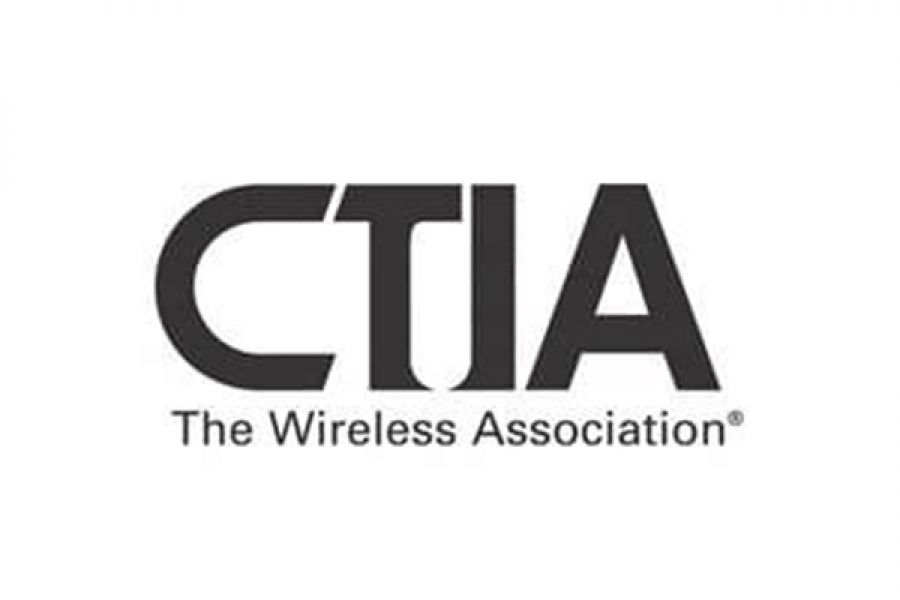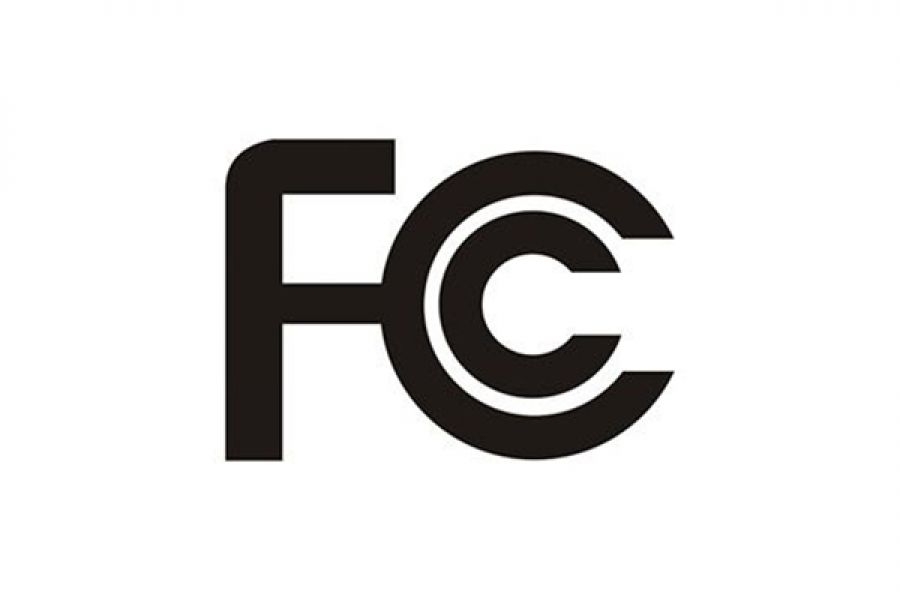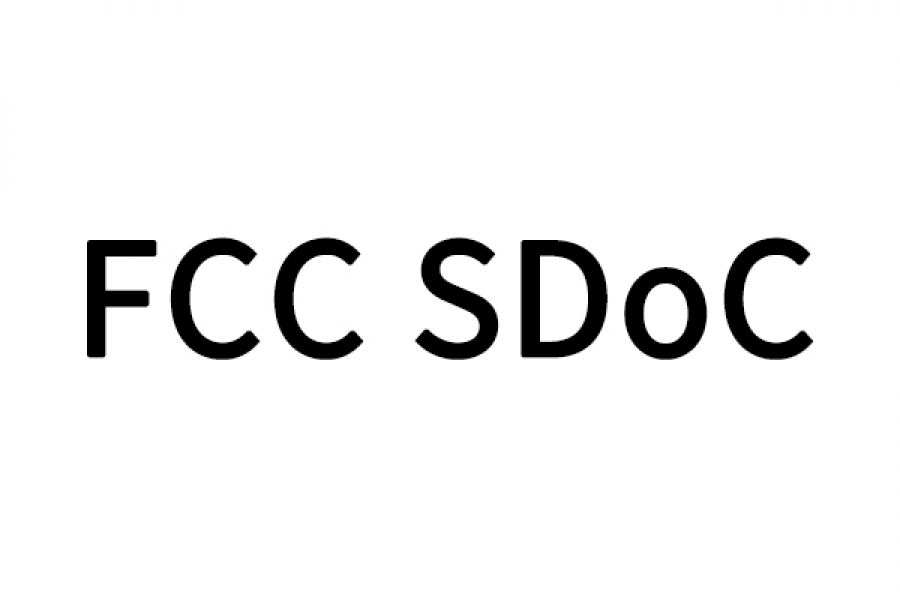- Transmit power Power spectral density Take up time Duty cycle Adaptive Channel spacing Occupying bandwidth Frequency stability Modulation bandwidth Emission spur In-band spurs Dynamic frequency selection Receive spurious Sensitivity Peak power to average power ratio Receive blocking and bit error rate Electromagnetic field
RF Wireless Testing
- Radiation (RE) 10m Radiation (RE) 3m Radiated Immunity (RS) Radiated spurious (RSE) Conduction (CE) Conducted Immunity (CS) Disturbance power (DP) Three loop antenna (3Loop) Lightning strike (SURGE) Static electricity (ESD) Electrical Fast Transient (EFT) Dips & Interruptions (DIP) Harmonic Flicker (H&F) Power frequency magnetic field (MS) Clicking sound (Click)
EMC Testing
Contact information
Free service hotline
Tel:188-2379-9985
Email:info@jtl-lab.org
Address:Area 2-1102D, Building T2, Haigu Science and Technology Building, Shiyan Street, Bao'an District, Shenzhen
Current category:U.S.
Back to listEnergy Star
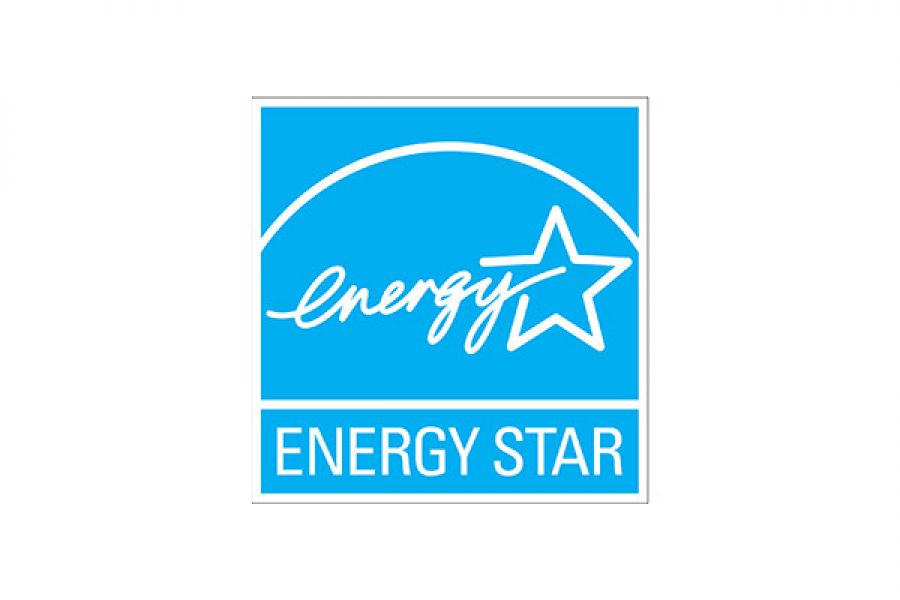
1. Introduction to CertificationENERGY STAR stands for Energy Star in Chinese. It is a government energy-saving program jointly promoted by the US Department of Energy (DOE) and the US Environmental P

Add WeChat
Energy Star Details
1. Introduction to Certification
ENERGY STAR stands for Energy Star in Chinese. It is a government energy-saving program jointly promoted by the US Department of Energy (DOE) and the US Environmental Protection Agency (EPA), aiming to better protect the living environment and save energy. Products that have passed the ENERGY STAR review will be listed on its official website, and can receive energy-saving subsidies to increase market recognition. Energy Star has a certificate, and it is a voluntary certification like DLC.
The Energy Star program was initiated by the US Environmental Protection Agency (EPA) and the US Department of Energy (DOE) in 1992 to reduce energy consumption and reduce greenhouse gas emissions. The plan was later adopted by Australia, Canada, Japan, Taiwan, New Zealand and the European Union. The program is voluntary, and Energy Star standards are typically 20-30% more energy efficient than US federal standards. The earliest products to support this plan were mainly information appliances such as computers, and then gradually extended to motors, office equipment, lighting, home appliances, etc. Later, it was extended to buildings. Since 1996, the U.S. Environmental Protection Agency has actively promoted the Energy Star Building Program. The Environmental Protection Agency assists voluntary participants in evaluating the energy use of their buildings (including lighting, air conditioning, office equipment, etc.) and planning the building. The energy efficiency improvement action plan and follow-up work of things, so the Energy Star logo can also be found in some residential or commercial buildings that introduce new concepts of environmental protection.
2. Certification mark
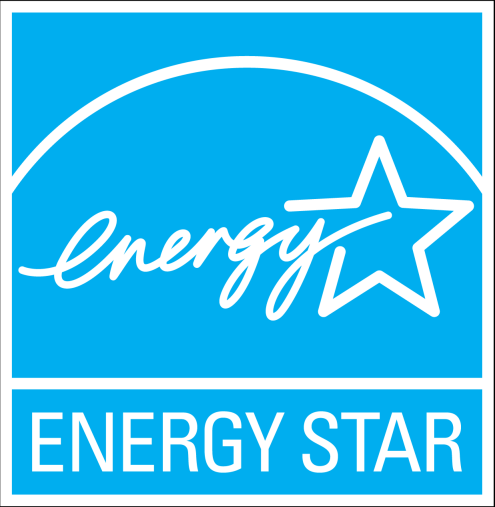
3. Product range
1. Office equipment: computers, copiers and fax machines, digital duplicators, external power adapters, laptops, monitors, printers, printers and integrated equipment, water coolers...
2. Household appliances: battery charging systems, digital-to-analog converter boxes, wireless phones, TV/VCR and TV/DVD combination equipment, DVD products, external power adapters, home audio equipment, television sets, VCRs...
3. Lamps directly connected to the grid below 250W are mostly indoor lighting (civilian lighting): fluorescent lamps, light engines, surface mount retrofit kits, ceiling mount retrofit kits, mobile lamps, and integrated lamps. Not applicable to product range: industrial outdoor lighting, Highbay or Lowbay, panel lights (2X2, 1X4, 2X4).
4. Certification Standards
| product | Energy Efficiency Standards |
| Bulb products |
ENERGY STAR Program Requirements Product Specification for Lamps |
| Lighting products |
ENERGY STAR Program Requirements Product Specification for Luminaires |
| Power products | Standard needs to be supplemented |
| Information technology ITE products | Standard needs to be supplemented |
| Audio and video AV products | Standard needs to be supplemented |
4. Test items
Test content included in Energy Star: safety, EMI, surge, noise (not Energy Star energy efficiency test items) Optical performance and energy efficiency test items:
1. Luminous efficiency, luminous flux
2. Color temperature, color deviation, color rendering index
3. Light intensity distribution, regional luminous flux distribution
4. Chromaticity space non-uniformity
5. Switching cycle
6. Luminous maintenance rate
7. Chromaticity maintenance rate
8. Size
9. Electrical parameters
5. Required information
1. Product instruction manual
2. Safety design documents (including key structure diagrams)
3. Product technical conditions
4. Product electrical schematic diagram
5. Product roadmap
6. List of key components or raw materials (please choose products with European certification marks).
7. A copy of the certification of the whole machine or components.
8. Other required information.
6. Certification process
1. Provide energy star certification information and application form
2. The applicant fills in the application form (submits manufacturer information)
3. Submit samples and product information
4. Perform laboratory tests on the samples
5. Submit test data and related documents to the Energy Star competent authority
6. Approved, Energy Star sends a letter
7. Add the Energy Star label to the product
7. Certification cycle and validity period
The energy star certification cycle is 2-3 weeks, and can be expedited, and an additional fee is required for expedited
8. Factory inspection
Energy Star certification does not require factory inspection
|
U.S. |
|
·Test content: energy efficiency · Applicable products: lamps, home appliances Whether mandatory: No ·Factory Inspection: None ·Local agent: yes/no ·Plug Type: *Gauge/** Type ·Voltage requirement: **V ·Application method: direct application; certificate transfer application (** certificate can be transferred, ** report can be transferred) ·Certificate validity period: **year/long term (re-application is required for standard replacement) ·Other supplements: |


